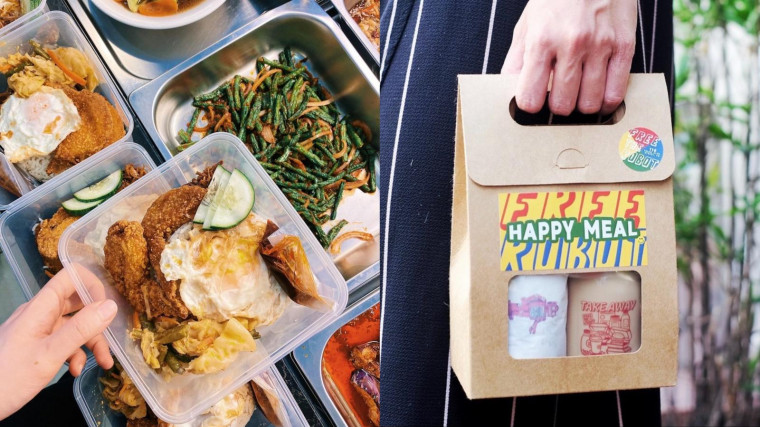Since Covid-19 reared its head, the food and beverage industry has taken a great hit, even more so with the ban on dining-in during the past month of Phase 2 (Heightened Alert).
While one silver lining in the past dark month is how Singaporeans have come together to help digitally-disadvantaged hawkers struggling to make ends meet, cafes tucked away in neighbourhoods and the now-sleepy CBD have not been so fortunate.
Heightened Alert: Harder than before
It is 1pm and sweltering. Ernest Goh of Free The Robot is out delivering some orders. While driving, the cafe co-owner in his 40s explains to The Pride some of the struggles he has faced to sustain his business in the past year.
In the past month, the cosy CBD cafe, once frequented by tourists and office workers, had to once again close its doors. The eatery now only runs a takeaway counter for walk-ins and delivery riders. However, this is not the first time Ernest has had to adapt.
A year ago, he faced similar circumstances during the circuit breaker, but there were key differences that made this past month particularly challenging, Ernest says.
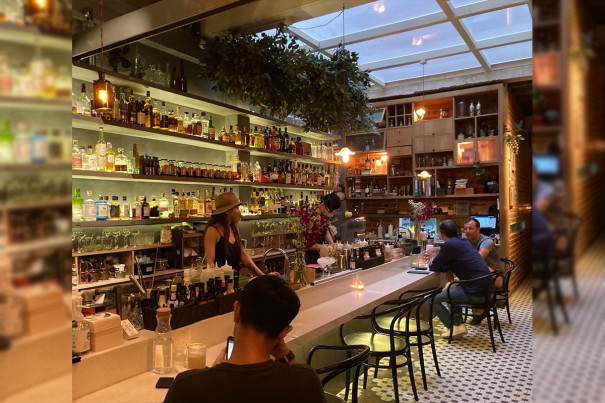
Ernest tells The Pride: “During the lockdown last year, people were still adjusting to Zoom meetings, so they’d still order drinks and food.”
Back then, perhaps to retain a sense of normalcy, customers would still order in a cup of coffee on work-from-home mornings. However, during this Heightened Alert, it seemed like Singaporeans have found new ways of adapting.
Says Ernest: “Business now is a lot slower than during the lockdown last year, because there’s that expectation (of cafes and restaurants reopening), and people will hold out and not order.”
Billy Tanu, 32, who co-owns Cafe Pandan with his wife, Sarah Sam, reports a similar experience. He adds that dabaoing or ordering in food from cafes has become more of a luxury, and people are more likely to be content with just cooking at home.
“People were still spending during the circuit breaker. One year forward, people are now more prepared and have been working from home for almost a year,” Billy tells The Pride.
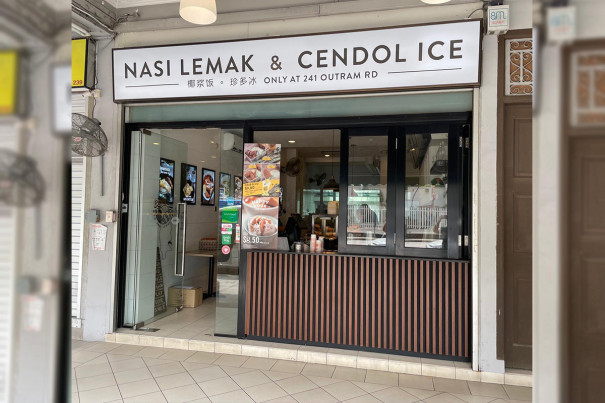
“From the business point of view, that has a more damaging impact on not only the F&B industry, but also retail outlets in the malls, under the HDB blocks and all over Singapore.”
Delivery woes
There has also been a shift in consumer behaviour and consumption patterns.
Food critic K F Seetoh told Today that people are calmer now than they were last year, so “they sit back and order online”. Seetoh pointed out that delivery platforms tend to favour the popular eateries with bigger-ticket items.
Unfortunately, this meant smaller businesses, overshadowed by their larger counterparts, face various obstacles despite being on delivery platforms.
While Seetoh was referring to the challenges facing hawkers, many of his points apply to smaller cafes as well.
Employing third-party providers such as Grab, FoodPanda and Deliveroo to deliver food has its own set of challenges, Billy says.
Besides the difficulty of replicating the dine-in experience adequately, these delivery platforms also are only able to cater to patrons within a limited distance, specifically within a 3km radius from the cafe.
Furthermore, Billy says that he has received complaints from customers on factors beyond their control.
“Some of the (delivery) riders are not careful, they may drop the food, or by the time they reach the consumer, it does not look presentable. Or they may take a long time because they have to deliver to two or three locations and the food arrives cold,” he says.
It then comes as no surprise that both Billy and Ernest have resorted to delivering many of the orders themselves — up to 15 a day — to ensure that they can reach more customers and maintain the quality of food delivered.
Nevertheless, it isn’t an easy task as it requires meticulous pre-planning and long hours of driving. The lengths these cafe owners go to keep their business going is no doubt an indication of their passion and hard work.
Other stories you might like

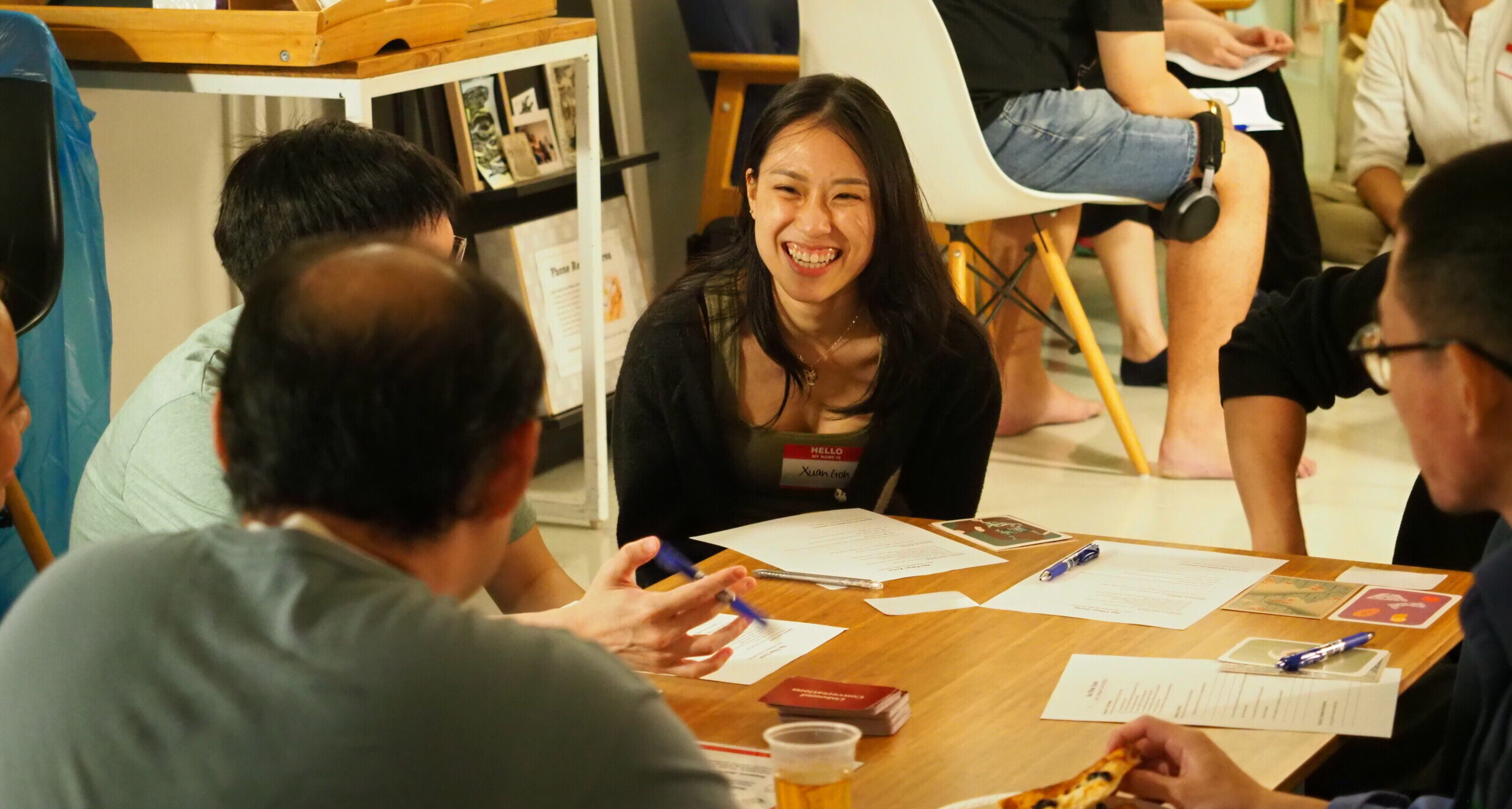
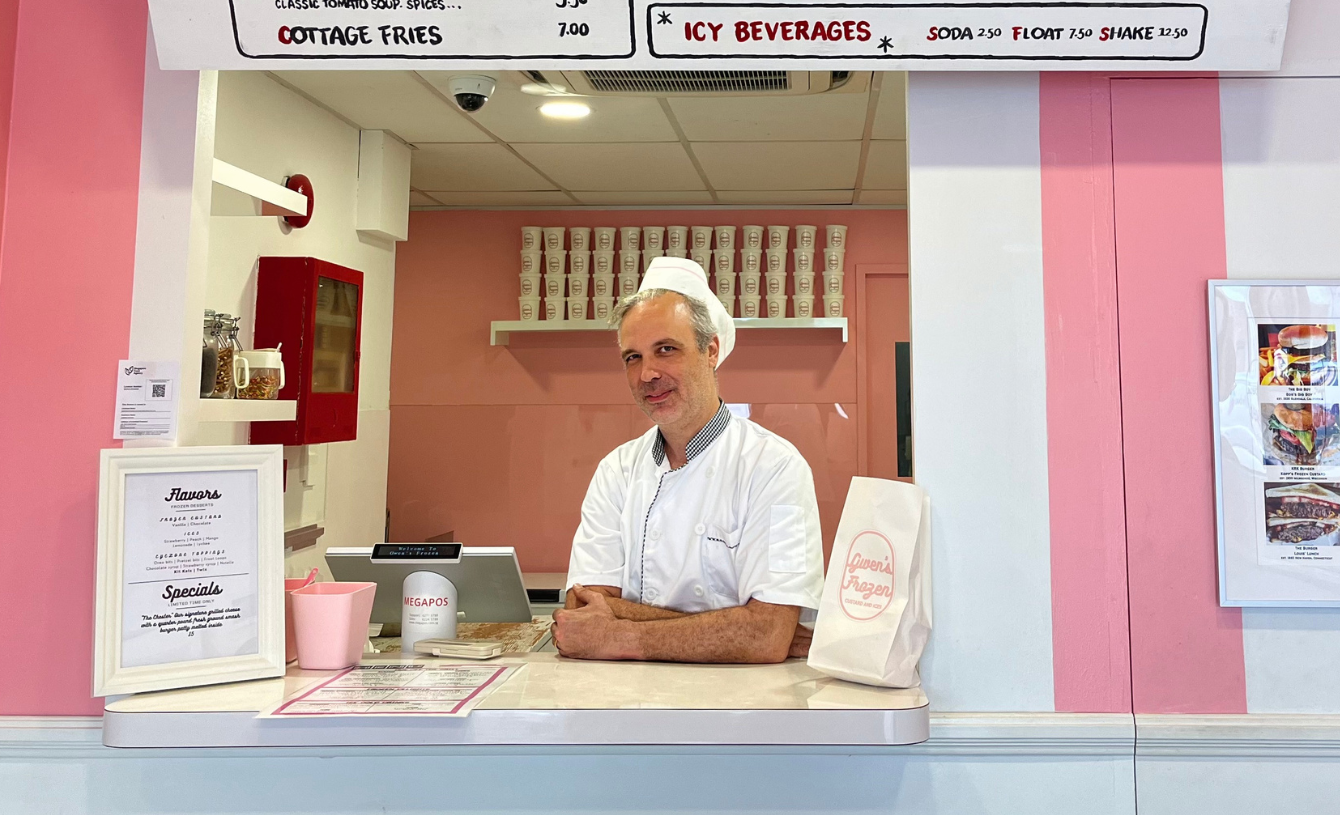

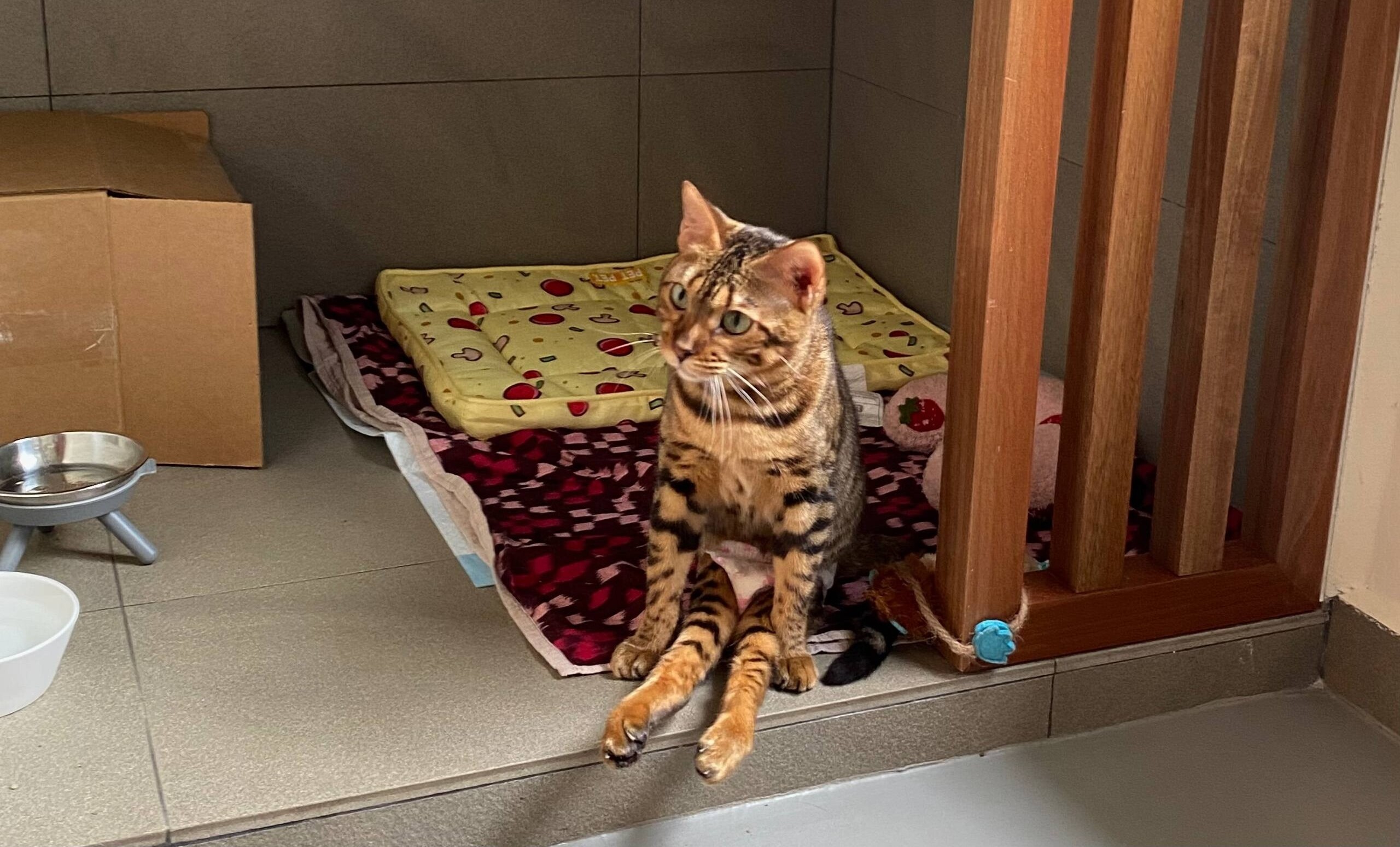
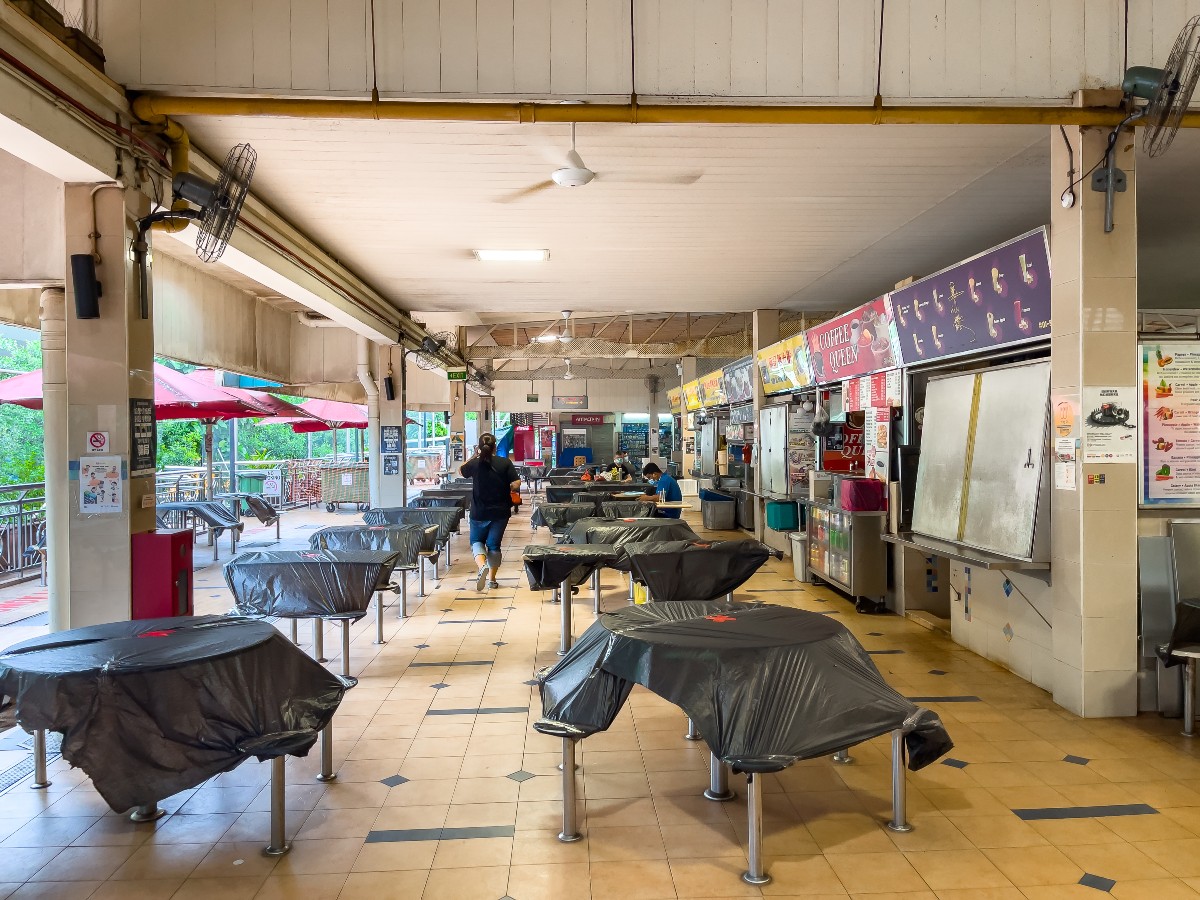

Key takeaways: adaptability and preparedness
While the circuit breaker last year caught Ernest and his team off guard, they were more prepared and well-equipped with smoother protocols and logistics in place this time round.
Ernest says: “Now, we know the drill; we have a ready stock of takeaway containers and are more geared up to do deliveries and takeaways”.
Besides delivering orders himself, Ernest also ensures minimal contact for the delivery riders and has drivers on standby in case more help is needed.
View this post on Instagram
Billy, too, mentions that being prepared and adapting to changes is key to overcoming challenges posed by the pandemic. “The management of orders is more seamless now, especially with essential services still operating, it’s a lot easier to manage,” he says.
Yet the appeal of cafes extends beyond just the quality of drinks and food — the dining-in experience is an enormous draw too.
Billy says that he has had to be creative to adapt to the shift in business model. “We didn’t start off as an online business or a home-based business, but this is how things are now.”
Thankfully, he is able to maintain a strong online presence via Cafe Pandan’s website and Instagram. This allows him to reach out to more customers from all over Singapore. Billy then manages these deliveries himself.
View this post on Instagram
The future of local F&B businesses
Many F&B business owners are still trying to stay afloat amidst waves of uncertainty.
However, Billy takes a more optimistic perspective on the current situation. He says that no matter what, everyone needs to eat. What truly matters is how Cafe Pandan reaches people from different parts of Singapore while following safety measures when dining-in is allowed again.
What keeps him and his wife going is the pride they have for the food they serve, in particular their signature nasi lemak. Seeing happy and satisfied customers is one of the biggest motivations for them to continue operating despite the obstacles Covid-19 has brought about.
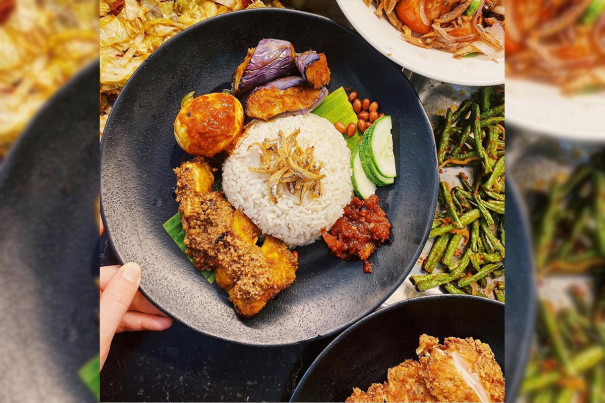
Billy adds: “We are also proud to be able to continue the mantle from generations before us, selling local dishes which are often overlooked.”
He hopes Singaporeans will be willing to pay a little more for upmarket versions of local dishes that straddle the niche between budget food and gourmet fare.
“People tend to think that a plate of nasi lemak is expensive, yet are willing to pay more for a latte!”
“We hope that we will be able to serve local cuisine without the fuss, and preserve people’s local taste buds, so that more people will get to try and enjoy what we offer.”

On the other hand, Ernest says that he anticipates things will not get any better until at least the first quarter of 2022, given the current restrictions and the fact that Covid-19 might become endemic in Singapore.
He admits: “I don’t know what is going to be the norm, or whether this will be a brief norm. I’m just waiting it out to see how things pan out, day by day.”
If you like what you read, follow us on Twitter and Google News to get the latest updates.
